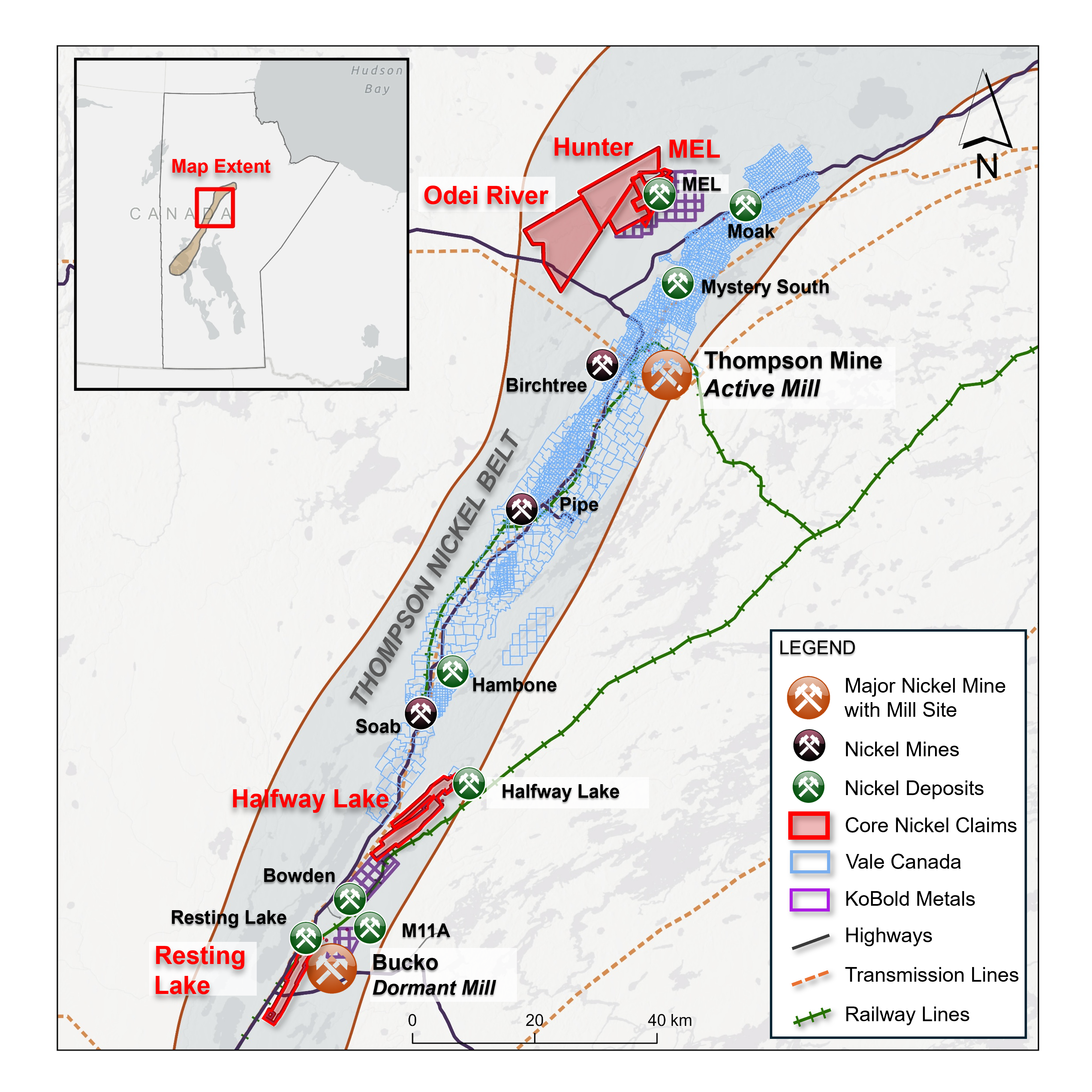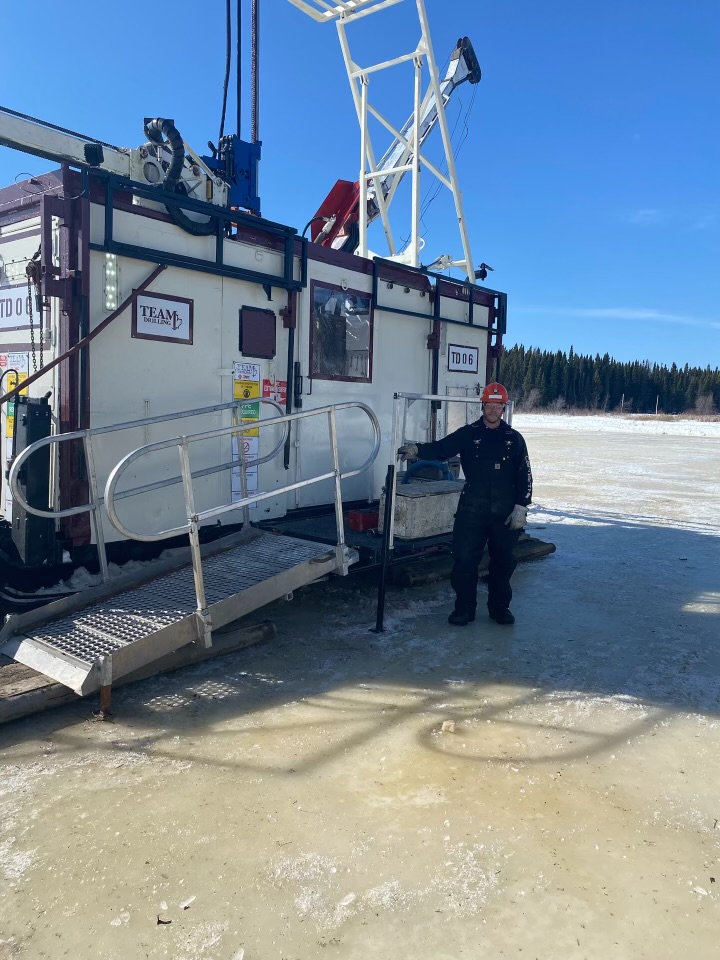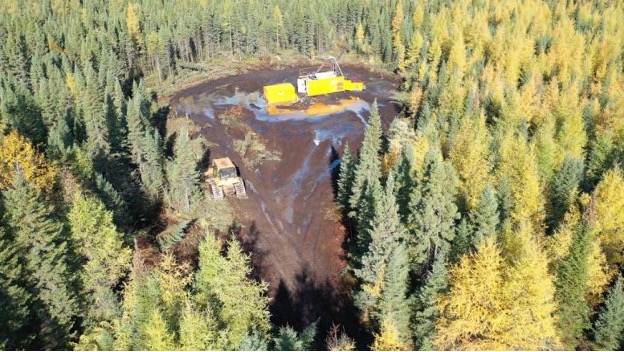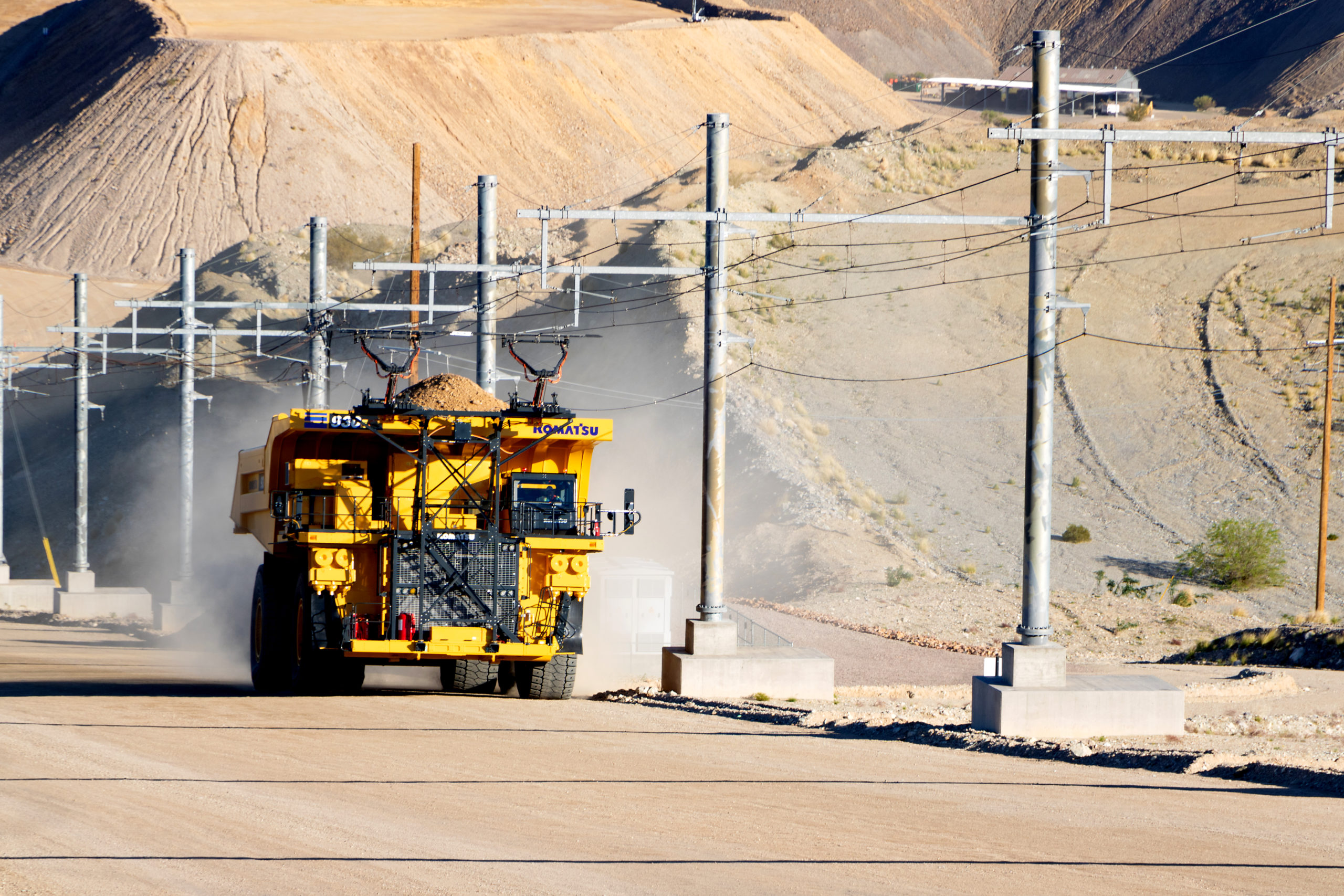Canadian ore carrier makes historic journey to China via Northwest Passage
Shipping history was recently made in Canada when Fednav’s MV Nunavik sailed from Deception Bay, Quebec to Bayuquan, China via Canada’s Northwest Passage.
The ship carried 24,000 tons of nickel concentrate and became the first commercial vessel to transit the Northwest Passage westward, unescorted, with an Arctic cargo and with Canadian expertise. In doing so the transit time was reduced by about 18 days (or about 5,800 miles) than had it been routed through the Panama Canal.
This and other developments are opening new frontiers of coastal mining transportation in Canada. Wherever a mining project is located, however, there are some key issues that have to be addressed when looking at maritime transportation.
FLAG CONSIDERATION: If the transportation needs are purely domestic (from one point in Canada to another), due to coasting trade restrictions, the vessel must be Canadian flagged and manned by Canadian seafarers. As such, manning costs are much higher compared to some other foreign flag operations. For carriage to a destination outside of Canada however, there is no restriction on the nationality of the vessel or the crew used on-board. All vessels are regulated by the standards of the IMO (International Maritime Organization).
HIGH DEGREE OF EXPERTISE REQUIRED: No matter what flag the vessel is flying, it is of the utmost importance that the ship operator has the required degree of expertise to operate in the waters where the project is located. Experience is the key. Take for instance the Arctic. As the number of new opportunities grow in the region, so too does the interest among ship operators. Not all ship operators have the same degree of experience, however. Even in the best circumstances, the Arctic will remain one of the most challenging environments to operate a vessel in. Thus, choosing a ship operator with a proven track record is very important.
ASSUMPTION OF RISKS: Even with experienced operators, a given voyage may provide its fair share of events that will contribute to delay or increased costs. Who assumes the consequences of these events will depend on the contractual form used by the parties. Some contracts provide for the payment for the daily use of the vessel (the hire). In this case, delay will usually be assumed by the shipper. Other contracts provide for a rate per ton carried (the freight), in which the risks associated with the delay will usually be assumed by the carrier.
There are a number of standard forms of contract that have been in use for decades and are regularly updated. However, the specifics of a project may require a change or a compromise on the otherwise well-established apportionment of risks set out in these standard forms. For example, risks due to ice is typically assumed by the shipper, but if the ship is specifically designed to operate in ice-infested waters, the expectation of a shipper may differ.
SECURING THE SUITABLE TONNAGE: For ordinary trades, there are hundreds of ships able to move a cargo, and finding the right tonnage should be relatively easy and the costs similarly low. But the more specific the needs of a shipper are—and this can certainly be the case for mining projects in remote areas—the more difficult and expensive it will be to find a suitable ship.
If a project requires that one or more dedicated vessels be built, the shipper will likely need to hire the ship operator on a long-term basis in order for the ship operator to justify the large capital expenditure required for new buildings. Even then, the costs of building vessels with unique features might be such that the shipper may be obliged to partner with the ship-owner to facilitate the financing. Couple this with the necessity for the shipper to control the access of “tailor-made” vessels at all times might further lead a shipper to consider becoming a ship-owner in its own right. In this case, the ship operator would only be concerned with operations.
Finally, ensuring the timely delivery of the newly built vessel(s) may prove crucial to the shipper. In this respect, ship financing has seen an important number of players exiting the market in recent years and shipyards’ work orders are currently quite busy. Accordingly, a mining project developer would be well advised to address the shipping solution at an early stage.
*Richard Desgagnes is a Senior Partner and Andrew Godfrey is an Associate with Norton Rose Fulbright.





Comments